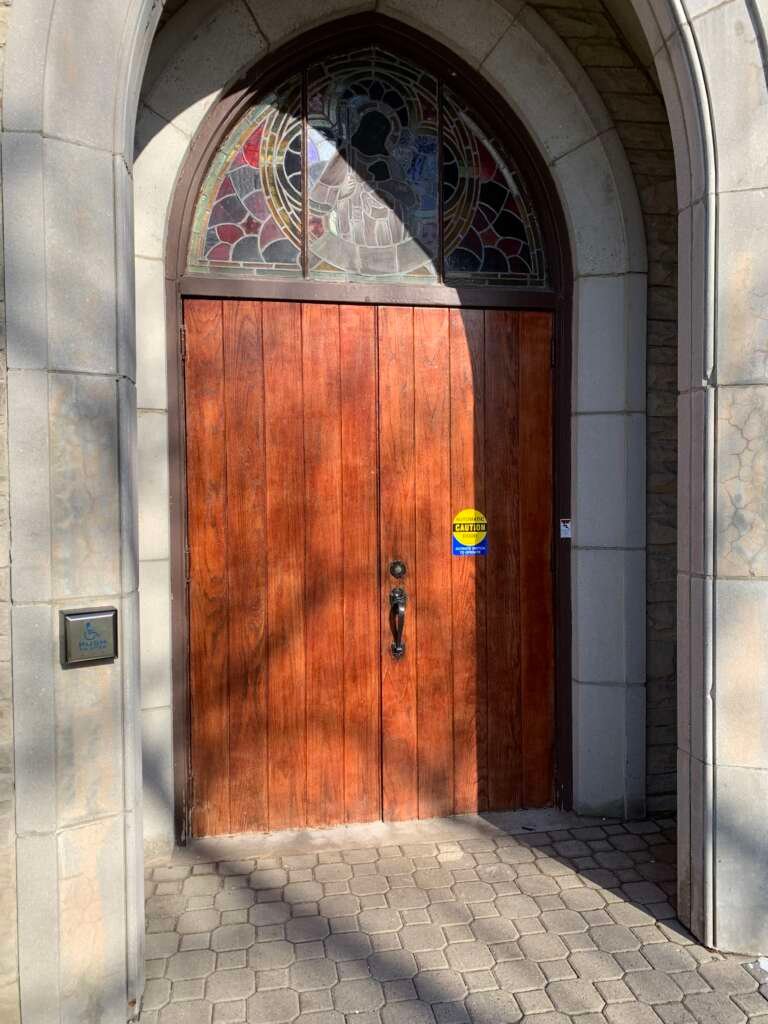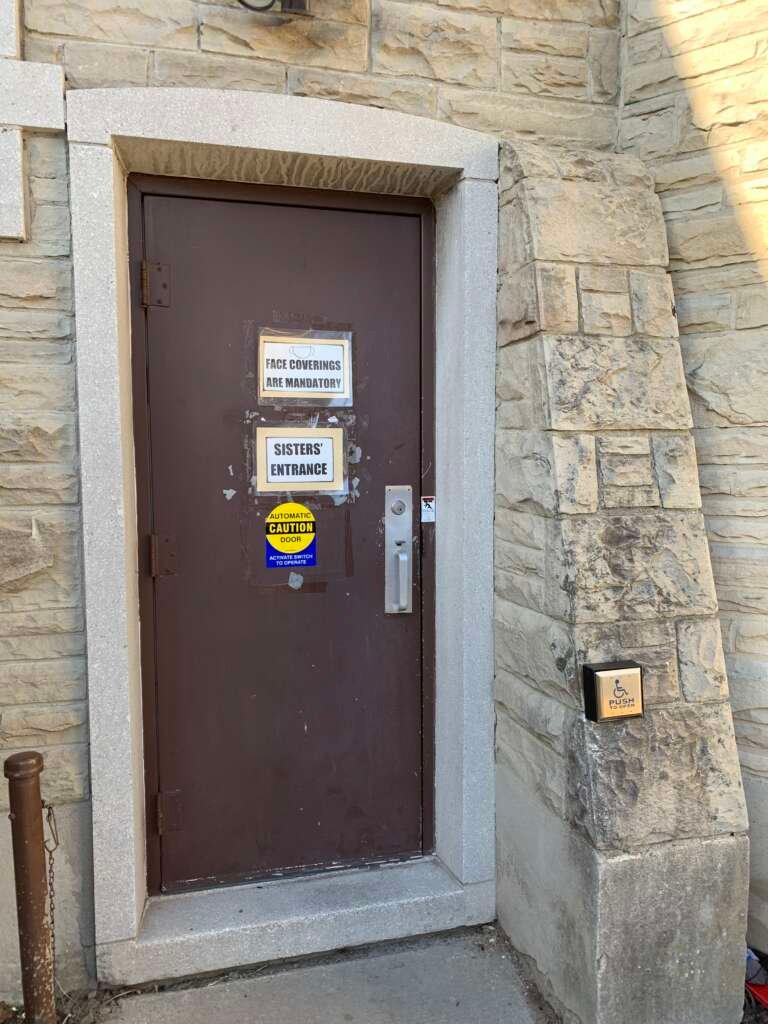The internal and external sides of a front door serve different purposes and require careful consideration in terms of design, security, and insulation.
The external side of the front door is the first thing people see when approaching your home, making it a key element of curb appeal. It should be made from durable materials such as solid wood, steel, or fiberglass to ensure strength and resistance to weather conditions. Since this side of the door is exposed to the elements, it needs a weatherproof finish like varnish, paint, or sealants to prevent damage from rain, sun, and temperature changes. Security is another crucial factor for the exterior-facing side. A high-quality deadbolt lock, preferably Grade 1 or 2, should be installed to prevent break-ins. Reinforcing the door frame with a security strike plate and using long screws adds extra protection. A peephole or a video doorbell can enhance security by allowing homeowners to see who is at the door before opening it.


Weatherproofing is also important for energy efficiency and comfort. Weatherstripping around the edges helps prevent air leaks, reducing energy loss and keeping indoor temperatures stable. A door sweep at the bottom blocks drafts and insects from entering the home. If the door has glass panels or inserts, choosing double or triple-glazed glass provides better insulation and enhances security. Aesthetically, the external side should match the style of the home and create a welcoming impression. It can be painted in bold colors for a striking effect or stained for a natural look. Decorative elements such as house numbers, a knocker, or intricate paneling can add character.
On the other hand, the internal side of the front door should complement the home’s interior design and provide comfort. This side is more about blending with the interior walls, trims, and decor. While the exterior may feature a bold or weather-resistant color, the interior side is often painted in neutral tones or soft hues that match the home’s aesthetic.
Insulation is just as important on the inside as it is on the outside. A well-sealed door helps maintain indoor temperatures and reduces noise from outside. If the door leads directly into a living space, proper insulation ensures comfort throughout the seasons. The door should open and close smoothly, with a tight seal to prevent drafts.

Convenience and accessibility should also be taken into account. The interior handle should be ergonomic and easy to use for all household members. A peephole or smart lock display should be positioned at a comfortable height to allow quick identification of visitors. Additionally, interior locks should be designed for both security and emergency access, ensuring the door remains secure but can be quickly opened from the inside when needed.
Balancing both function and aesthetics on the internal and external sides of the front door ensures security, energy efficiency, and a cohesive design that enhances the overall look and feel of the home.

